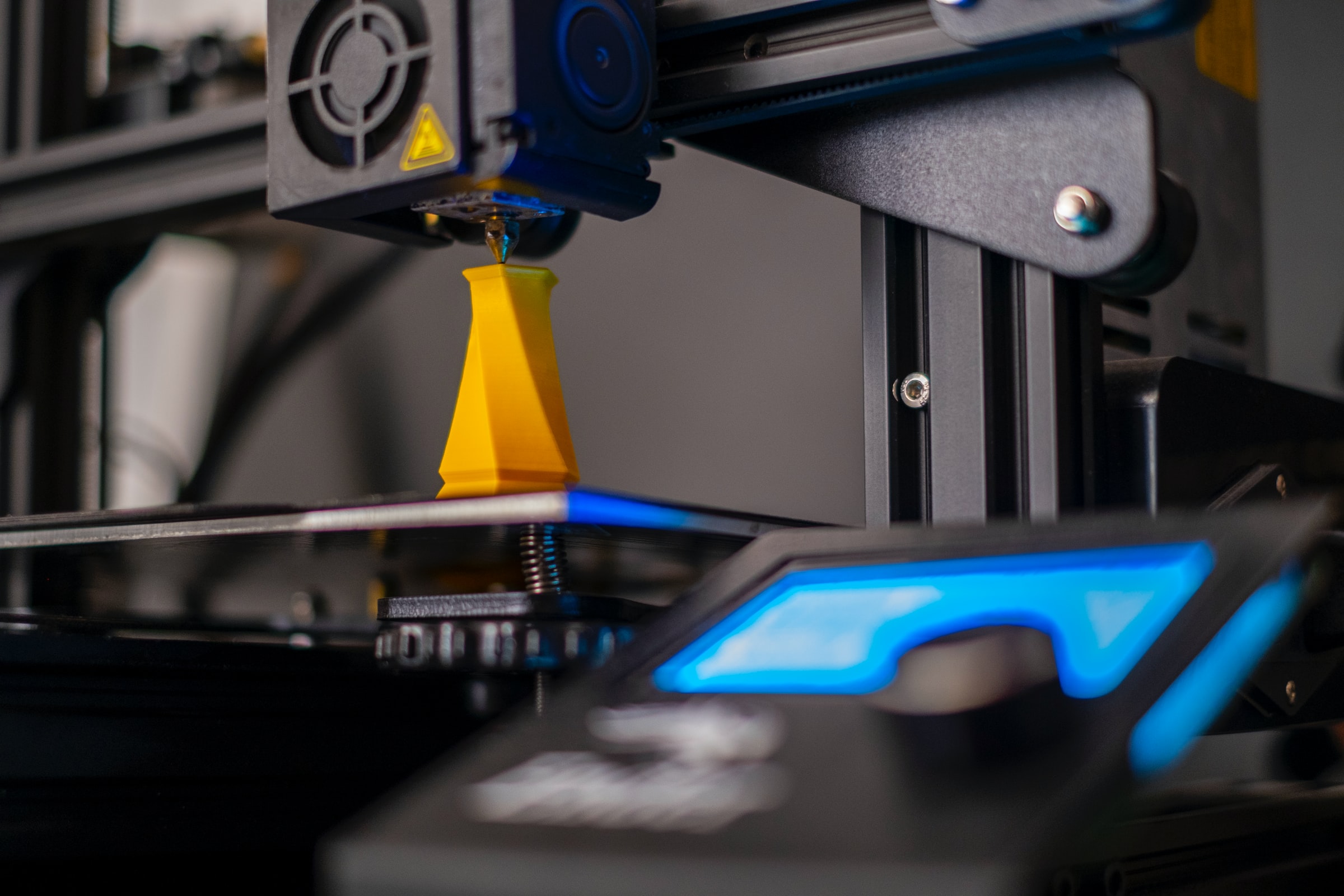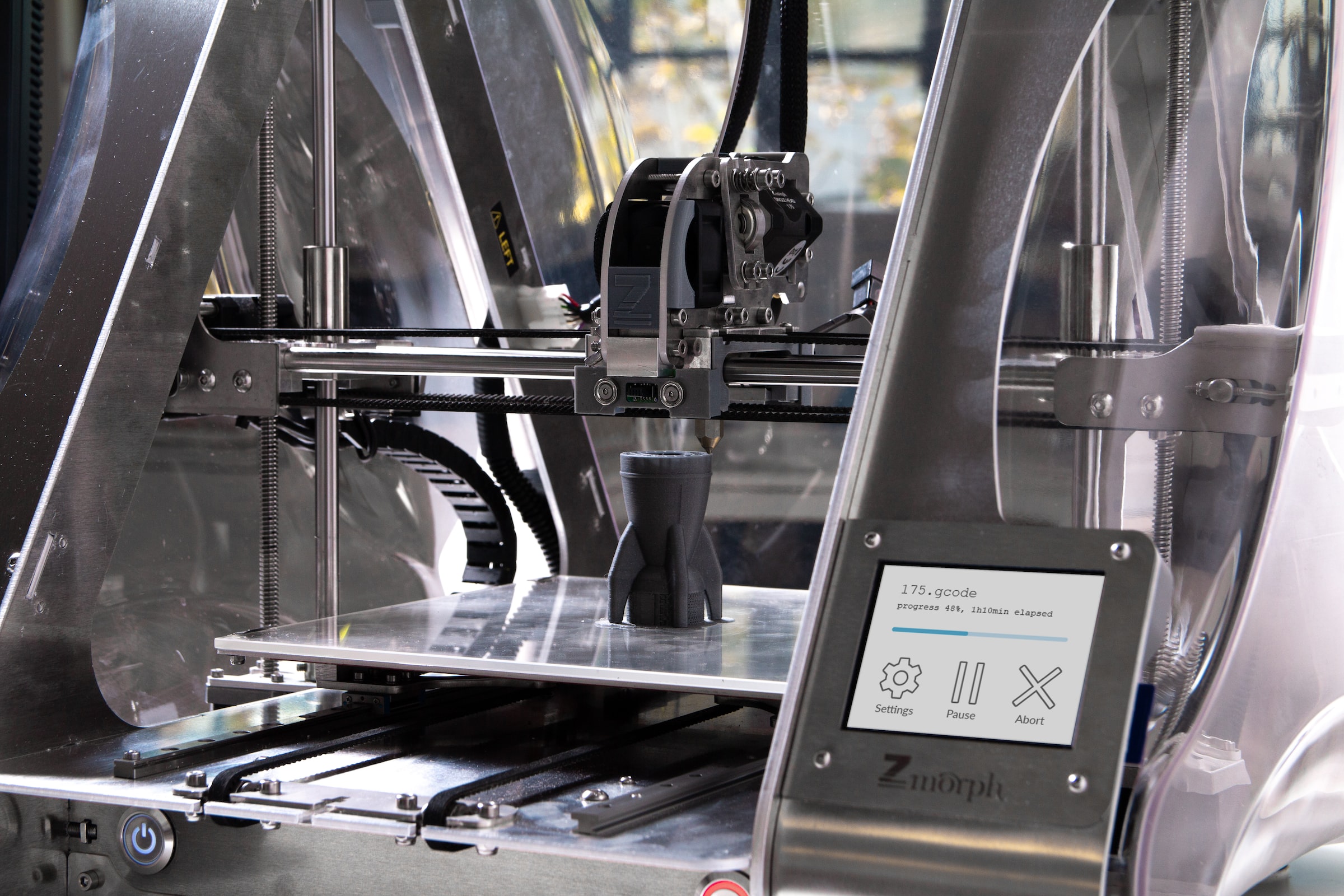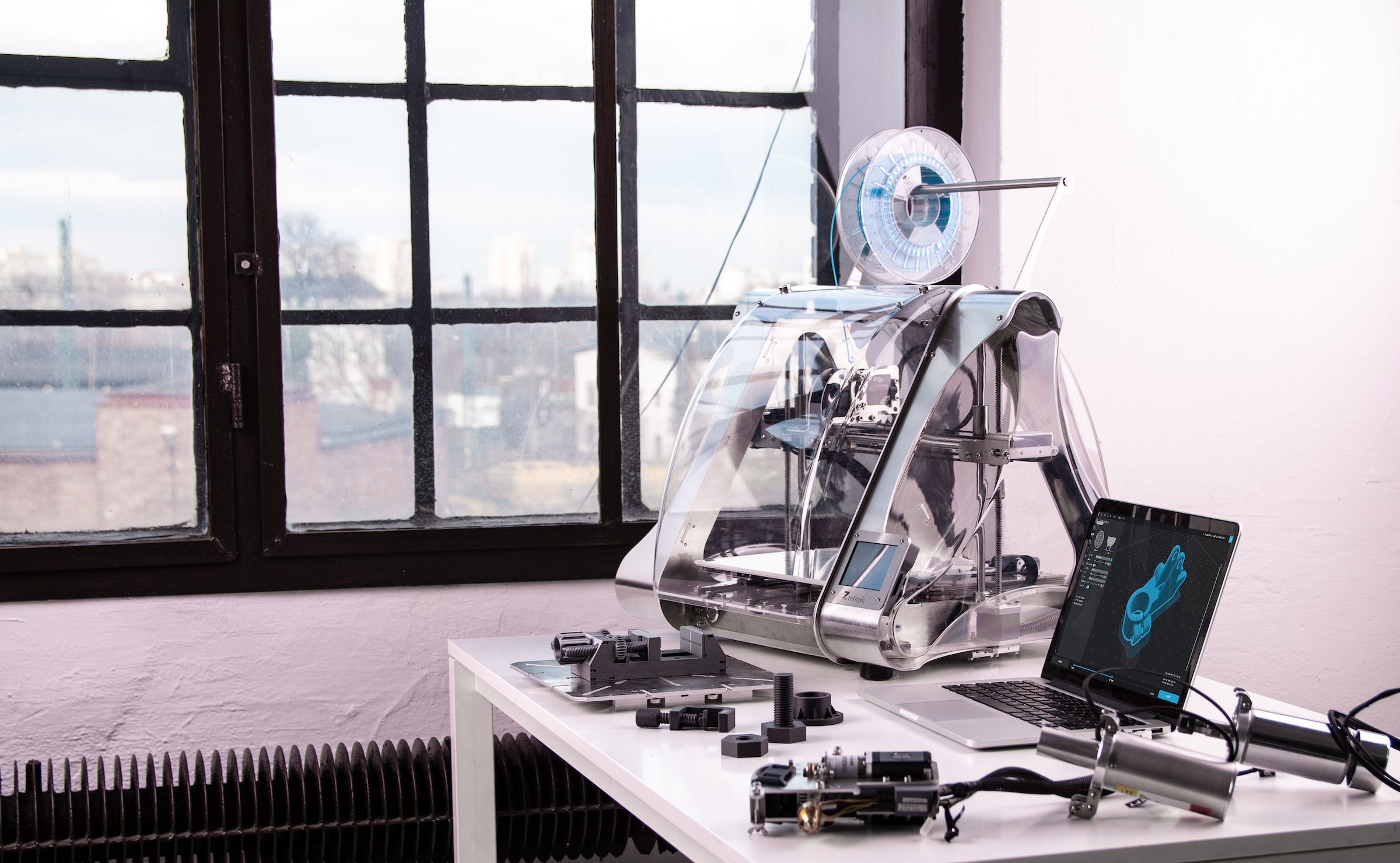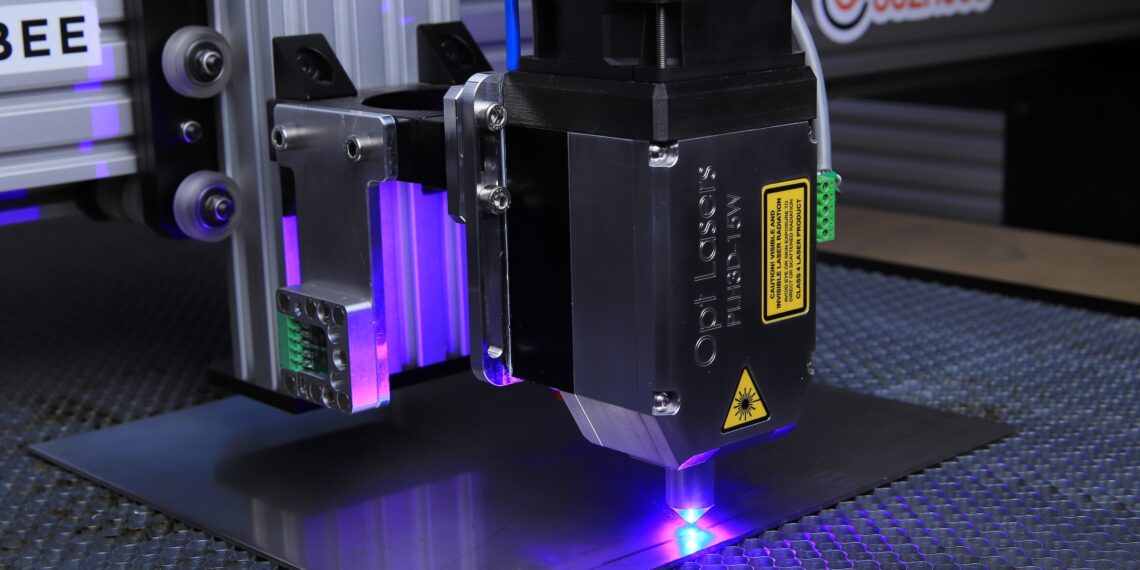Ever since the first 3D printers emerged on the market, architects and engineers have been experimenting with ways to use these devices in their designs. From quickly prototyping new ideas to making structural alterations to existing buildings, 3D printing is slowly but surely reshaping the way architecture is created.
3D Printing in Architecture

3D printing technology is reshaping architecture, and the implications for the industry are huge. Architects are now able to create 3D models of buildings to optimize their designs and ensure that they meet the needs of their clients.
This technology has already had a huge impact on the architecture industry, and it is only going to continue to grow in popularity. Architects are now able to create more innovative designs than ever before, and they are also able to save a lot of time and money.
3D printing in architecture is still relatively new, but it is quickly becoming one of the most popular technologies out there. If you are an architect or planning professional, you need to be aware of this technology and how it is changing the industry.
How 3D Printing is Used in Architecture
The use of 3D printing in architecture is reshaping the way buildings are designed and constructed. By using this technology, architects can create detailed models of buildings before they are ever built.
This allows them to make changes to the design as needed, which often results in faster and more accurate construction. Additionally, 3D printing can also be used to create prototypes for new buildings.
The technology is still relatively new, so there are still many applications for it in architecture. As it continues to develop, we can expect to see even more dramatic changes in the way buildings are designed and built.
What Are the Advantages of 3D Printing in Architecture?

There are many advantages to using 3D printing in architecture. Chief among these is the speed and accuracy of construction.
3D printing has been revolutionizing the way architecture is created. The technology allows architects to create models of buildings in a much faster and easier way than ever before.
It allows them to create detailed models of buildings that can be used to determine the best design solutions. This is important because 3D printing can help reduce costs and time delays in architectural projects.
It can help architects to create custom designs for specific clients or customers. This is especially useful for businesses that want to customize their designs for a specific market.
Last but not least, 3D printing is a great tool for creating prototypes. Prototypes are essential for testing new ideas and designs before developing them into full-scale projects. With 3D printing, architects can quickly create test versions of their projects without having to wait for traditional construction processes to complete.
What Are Some Disadvantages of 3D Printing in Architecture?

There are a few disadvantages to using 3D printing in architecture. While the technology is becoming more affordable, it remains relatively expensive compared to other construction methods.
Additionally, 3D printing is not always suitable for all types of building materials. In some cases, it may be best to use traditional construction methods for certain types of structures.
Also, there is the potential for mistakes when printing architectural components. If the wrong material is used, or the structure is not carefully designed, it may not stand up to wear and tear.
Finally, 3D printing is not always popular with clients or architects. While it has the potential to be very efficient and cost-effective, it may not be seen as a desirable option by some.
Emerging Trends in 3D Printing in Architecture
Architecture is constantly evolving and the way it is created is changing too. 3D printing technology is reshaping architecture and this is why it’s such an interesting topic to explore.
architects are now able to create designs that were once impossible to create. They can create models of buildings before they even have a physical structure in place. This helps them to plan and make better choices about the design of their structures.
3D printing has also allowed architects to experiment with new materials and construction methods. They can now create structures that are made out of durable materials that were not possible before.
The future of architecture looks very promising and 3D printing technology will continue to play a major role in its development.
3D printing allows architects to achieve a level of detail in features like architectural moldings, textures, and furniture that otherwise could only be attained through hours of tedious effort by hand
Is 3D Printing The Future Of Architecture And Design?
Some professionals are starting to see 3D-printed buildings as a way of creating affordable housing, while others see it as a way to build prototypes and test theories without having to spend tons of money on materials and labor.
Many architects are excited about the future of 3D printing because it will allow them to create complex structures without having to rely on expensive consultants or contractors who would otherwise take away their creativity.
The future of 3D printing in architecture and design looks promising with many companies already using the technology and more are being developed every day.
Conclusion
3D printing technology is reshaping architecture in several ways. Not only can architects use the technology to create models for their buildings before they are ever built, but 3D printers can also be used to construct entire structures from scratch. As this technology becomes more prevalent, it is sure to have a profound effect on the way architecture is created and used across the world.
FAQ
1. How good are 3D printed houses?
There are many factors to consider when answering this question. One thing to consider is the quality of the 3D printed house – is it well-made and structurally sound? Another factor to consider is how easy it will be to maintain the 3D printed house – does it require much maintenance or is it mostly self-sufficient? And finally, will the cost of maintaining the 3D printed house be affordable? All of these factors will play into whether or not a 3D-printed house is good or bad for you.
2. Why do we need 3D-printed houses?
There are many reasons why people might want to 3D-print their own homes. For example, some people may be interested in using 3D printing to save money on construction costs. Others may be interested in using 3D printing to create houses that are more environmentally friendly or custom-made to their specific needs.





